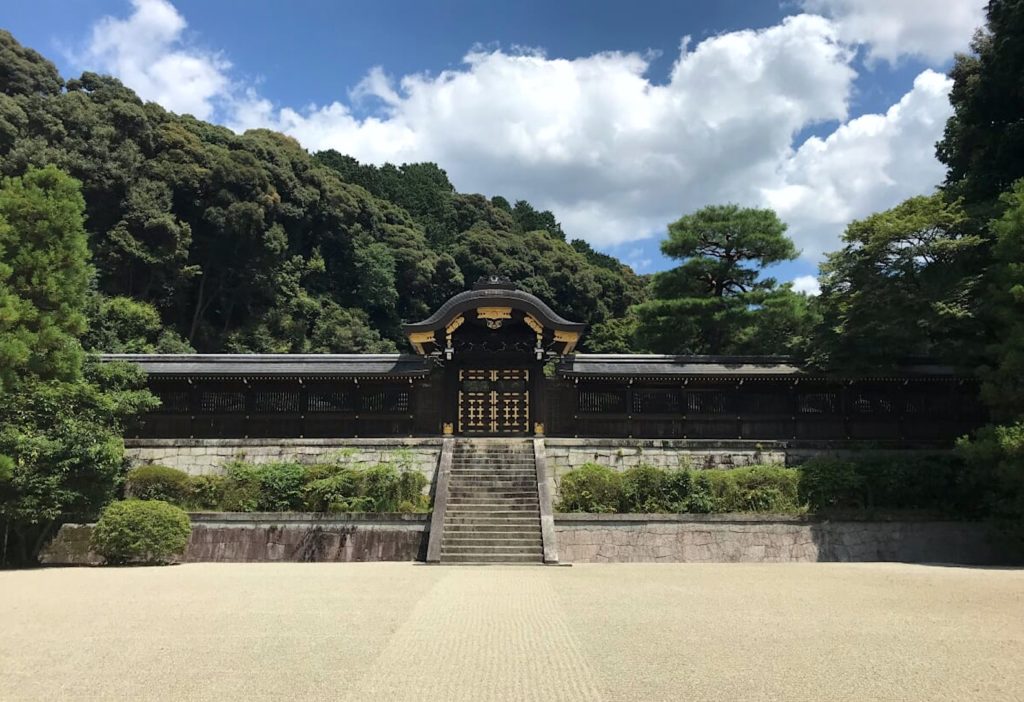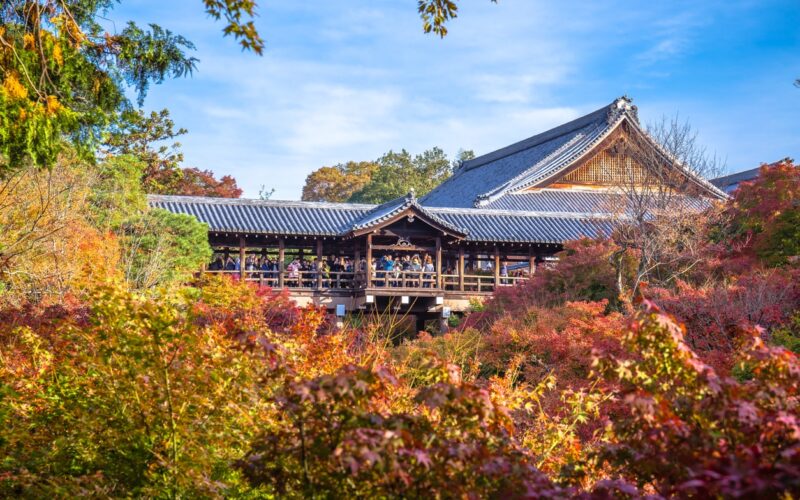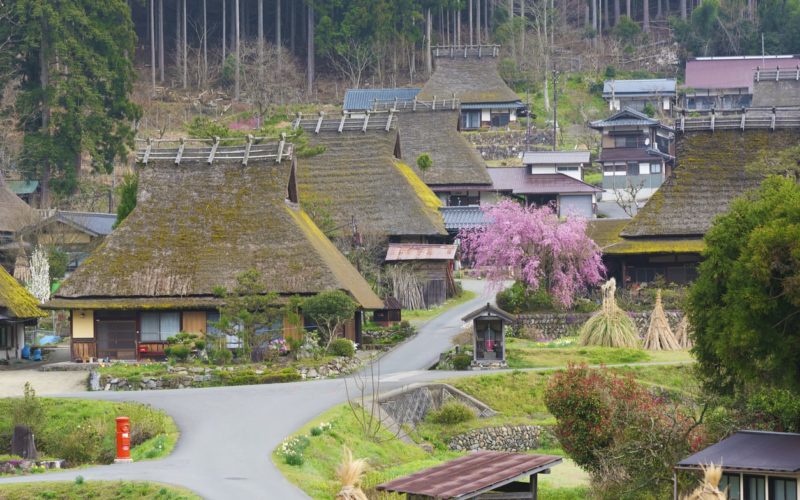Sennyu-ji Temple
A peaceful haven in Kyoto’s busy temple scene.
These days you’ll be hard-pushed to find a temple worth visiting in Kyoto City that isn’t swamped with selfie stick-wielding tourists and groups of students on school trips. Yet somehow, Sennyu-ji Temple manages it. This temple is a serene oasis that stays blissfully crowd-free, despite its historical importance and beautiful grounds.
Concealed amid the trees at the base of Mount Tsukinowa in Kyoto’s Higashiyama district, Sennyu-ji dates back to the early Heian period, when it was known as Horin-ji. It was later expanded and renamed Sennyu-ji (meaning “bubbling spring temple”) after a gushing spring of clear water located on the grounds.
Imperial Temple
The temple is also known by another name: Mitera, or “Imperial Temple”. This is due to its close association with Japan’s Imperial family. The Emperor Shijo was buried here in 1242, and the tombs of several subsequent emperors were also built on its land. The mausoleum that houses them is known as Tsukino wa no misasagi. Although visitors are not allowed inside, you can admire the imposing entrance gate adorned with wooden and gold, that is situated at one end of a perfectly-raked gravel garden.

Photo by: Ashley Owen Tsukinowa no misasagi at Sennyu-ji.
At the bottom of the nearby slope, you’ll find the striking Butsu-den or Buddha’s Hall. This was rebuilt in 1668 using a Chinese style of architecture from the Song Dynasty. Inside, it houses a trio of golden seated-Buddha statues, where people come to pray for the peace and happiness of humankind. The ceiling is decorated with a dragon image drawn by Kano Tanyu, one of the most celebrated Kano school painters. The Kano school of painting prevailed as the main style of painting in Japan from the late 1400s to the Meiji period.
Nearby Sennyu-ji Temple
There are a number of other buildings in the temple precinct worth seeing. These include the Reimei-den, which holds a number of Imperial memorial tablets, and the Shinsho-den Museum. Entry to this small museum is included in the temple entrance fee, and it contains a rotating display of Buddhist artwork, scriptures and historical documents.
Topics: autumn, Koyo, kyoto, shrines and temples


